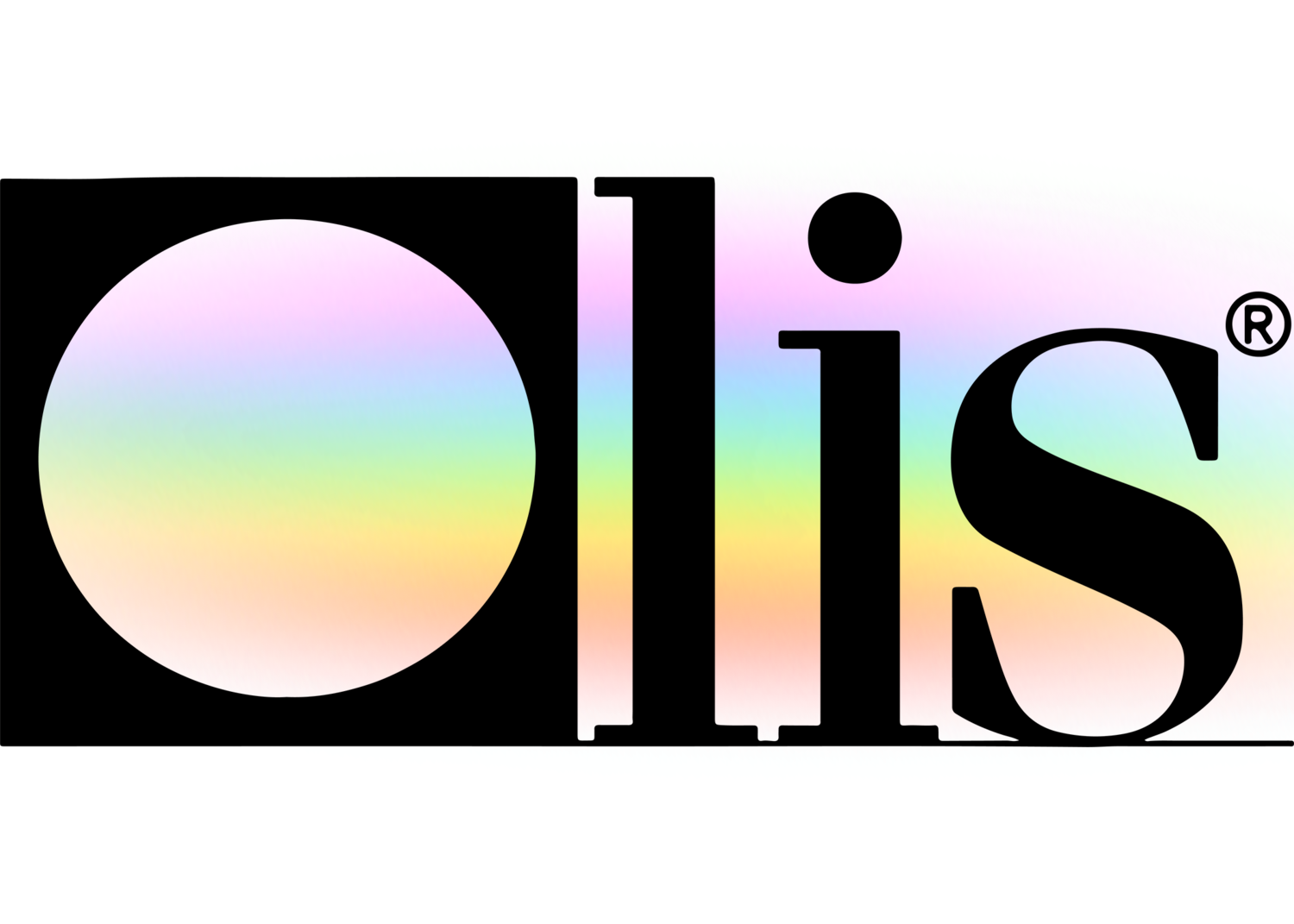Uv/vis Things To Know Before You Get This
Uv/vis Things To Know Before You Get This
Blog Article
Not known Incorrect Statements About Circular Dichroism
Table of ContentsUv/vis/nir Things To Know Before You BuyOur Circular Dichroism PDFsThe Only Guide to SpectrophotometersNot known Facts About Circularly Polarized LuminescenceUv/vis for Dummies

Although spectrophotometry is most typically used to ultraviolet, visible, and infrared radiation, modern-day spectrophotometers can interrogate broad swaths of the electromagnetic spectrum, consisting of x-ray, ultraviolet, visible, infrared, and/or microwave wavelengths. Spectrophotometry is a tool that depends upon the quantitative analysis of molecules depending upon just how much light is absorbed by colored compounds.
9 Easy Facts About Uv/vis Explained
A spectrophotometer is frequently utilized for the measurement of transmittance or reflectance of solutions, transparent or nontransparent solids, such as polished glass, or gases. Lots of biochemicals are colored, as in, they soak up visible light and therefore can be measured by colorimetric procedures, even colorless biochemicals can frequently be converted to colored substances suitable for chromogenic color-forming responses to yield substances ideal for colorimetric analysis.: 65 However, they can likewise be designed to measure the diffusivity on any of the noted light varieties that typically cover around 2002500 nm using various controls and calibrations.
An example of an experiment in which spectrophotometry is utilized is the decision of the stability constant of an option. A certain chemical reaction within a solution may happen in a forward and reverse instructions, where reactants form items and products break down into reactants. Eventually, this chemical response will reach a point of balance called a stability point.
8 Easy Facts About Circularly Polarized Luminescence Shown
The amount of light that travels through the service is indicative of the concentration of specific chemicals that do not enable light to travel through. The absorption of light is due to the interaction of light with the electronic and vibrational modes of particles. Each type of particle has a private set of energy levels related to the makeup of its chemical bonds and nuclei and therefore will absorb light of particular wavelengths, or energies, resulting in special spectral residential or commercial properties.
They are widely used in numerous industries including semiconductors, laser and optical manufacturing, printing and forensic examination, as well as in labs for the research study of chemical substances. Spectrophotometry is typically utilized in measurements of enzyme activities, decisions of protein concentrations, determinations of enzymatic kinetic constants, and measurements of ligand binding reactions.: 65 Ultimately, a spectrophotometer is able to determine, depending on the control or calibration, what compounds are present in a target and precisely how much through calculations of observed wavelengths.
This would come as a service to the formerly created spectrophotometers which were unable to soak up the ultraviolet properly.
The Only Guide to Circularly Polarized Luminescence
It would be discovered that this did not provide satisfying results, for that reason in Design B, there was a shift from a glass to a quartz prism which enabled better absorbance results - spectrophotometers (https://www.pearltrees.com/olisclarity1#item574664694). From there, Design C was born with an adjustment to the wavelength resolution which ended up having three units of it produced
It was produced from 1941 to 1976 where the cost for it in 1941 was click now US$723 (far-UV accessories were an option at extra cost). In the words of Nobel chemistry laureate Bruce Merrifield, it was "probably the most crucial instrument ever established towards the advancement of bioscience." Once it ended up being terminated in 1976, Hewlett-Packard produced the first commercially offered diode-array spectrophotometer in 1979 known as the HP 8450A. It irradiates the sample with polychromatic light which the sample absorbs depending on its residential or commercial properties. It is sent back by grating the photodiode variety which discovers the wavelength region of the spectrum. Ever since, the production and implementation of spectrophotometry devices has actually increased exceptionally and has actually turned into one of the most ingenious instruments of our time.

Indicators on Spectrophotometers You Should Know
Historically, spectrophotometers use a monochromator containing a diffraction grating to produce the analytical spectrum. The grating can either be movable or fixed. If a single detector, such as a photomultiplier tube or photodiode is utilized, the grating can be scanned step-by-step (scanning spectrophotometer) so that the detector can measure the light strength at each wavelength (which will correspond to each "step").
In such systems, the grating is fixed and the strength of each wavelength of light is measured by a different detector in the array. When making transmission measurements, the spectrophotometer quantitatively compares the fraction of light that passes through a referral service and a test option, then digitally compares the strengths of the two signals and calculates the percentage of transmission of the sample compared to the recommendation standard.

Report this page